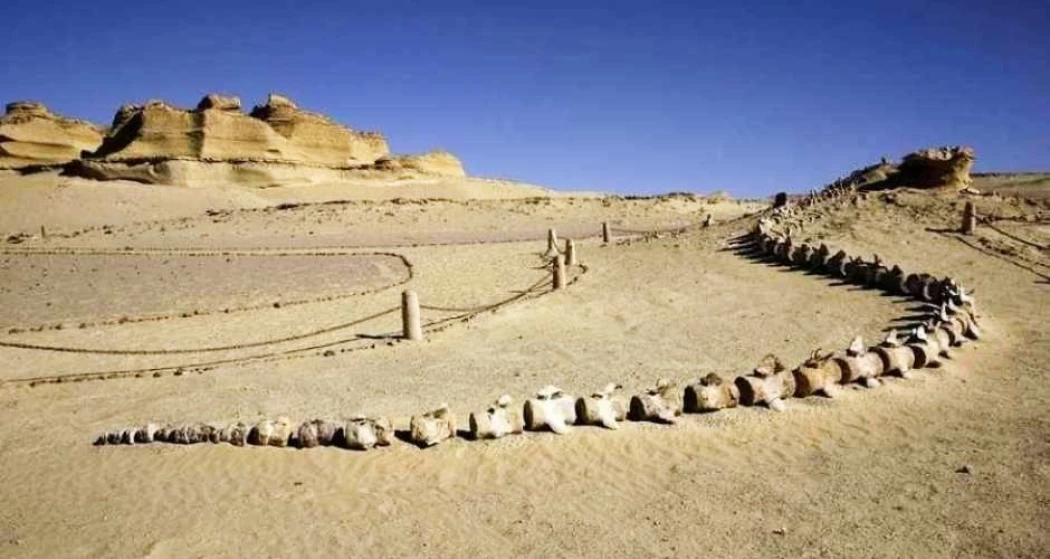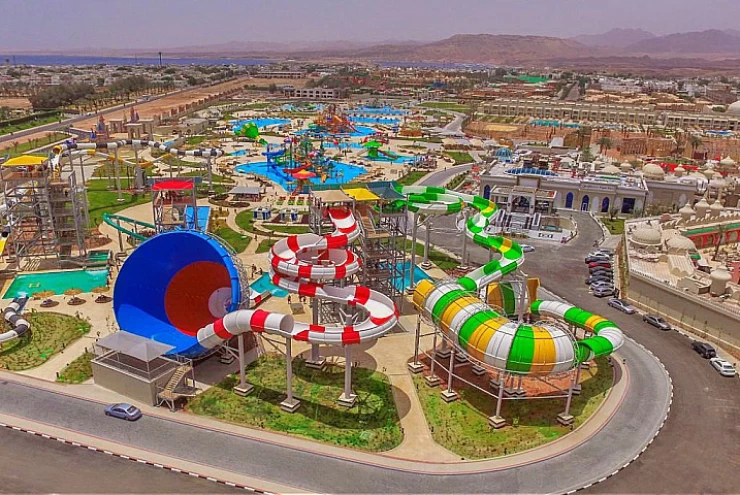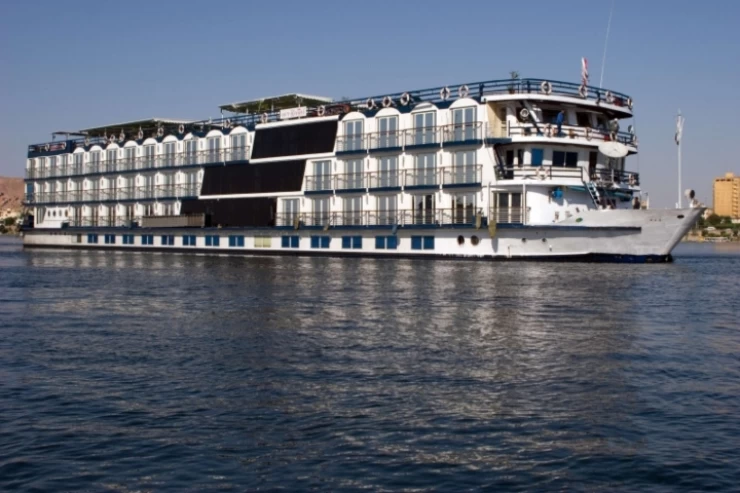
National Parks in Egypt | Top National Parks
Al Azhar Park
The garden is very suitable for children, because of the large green spaces that satisfy their hearts, which has an area of about 30 hectares. The garden is characterized by Islamic design, and there are many orchards, canals, and fountains.
It also has places for children and adults to play and practice a lot of wonderful events, which made it one of the most beautiful parks in Cairo.
Its location
Located on the western side of the park is the old Fatimid city and its extension of the red trail, with their wealth of mosques, mausoleums, decorated with a long line of minarets, to the South is the Sultan Hassan mosque and its surroundings, as well as the castle of Saladin, this area was already in need of open green space. The hill on which the park is built provides an elevated view of the city, and gives a wonderful 360-degree panoramic view of the attractive views of Historic Cairo. Before the start of work, the study was a large garbage site. Workers had to remove piles of garbage and stones accumulated over 500 years, with an estimated 80,000 cartloads of materials piled up at the site over the centuries, and during the preparation of the site, many huge discoveries were made. These discoveries included the discovery of the wall of the Ayyubid city, which dates back to the twelfth century during the reign of Saladin, as well as many precious stones with hieroglyphic inscriptions. Those older stones, the lengths of some of which reach one meter, were used in the construction of the wall of Saladin. In order to uncover the wall that was buried through time, it was necessary to dig to a depth of 15 meters, and 1.5 kilometers of the wall with its harmless towers and balconies, appeared in all its splendor. It was designed by engineer Maher Steno (Egyptian), and implemented by Egyptian companies with Egyptian competencies.
Al-Azhar Park Gardens
The study Hill (Arabic: study plateau) was visible: debris and ruins accumulated over 500 years. He decided to intervene and offer that area of the Middle Ages, through the Historic Cities Support Program, the much-needed gift of an oasis in this urban desert. A sum of USD 30 million was allocated for the project, and it was put by a qualified hand from the local Bureau of architecture and urbanism: Sites International. The site posed several technical challenges; half a thousand years of debris were at hand. Excavation, leveling, and replacement works with proper backfilling began in 1992. Another 605,000 cubic meters were subjected to geotechnical processing (screening, washing, etc.) and mixed with 60,000 cubic meters of special sand and topsoil to enable the site to be covered with a layer of" good "soil from a depth of 0.5 to 2.0 meters and a total of 1.5 million cubic meters of rubble and soil representing more than 80,000 trucks were transported."While the designers were dealing with the technical difficulties at hand imposed by the terrain and soil, the government introduced an unexpected additional restriction halfway through the operation: three tanks were to be integrated into the terrain to improve the potable water supply to the city of Cairo. The works had to be interrupted and the design revised to integrate the three new elements. The new revised layout of the park was then carefully designed according to the view of the hill and the three new water reservoirs. It is mainly divided into five sections according to the slope of the slope, which leaves us with: two hills (Southern and northern), a rolling terrain to the East, a flat area to the North, and a steep Western Slope.
The designers insisted on incorporating traditional Islamic landscape traditions into their design and choice of green spaces, thereby allowing the city's past flow to come to life. Traditions and historical legacy have been preserved: this legacy can be seen in a variety of styles from different periods and different regions. This is reflected in the orchard-like garden spaces, shaded seating areas (takhtbush), and Fatimid archways used in the construction of park buildings, among other elements. Persian and Timurid elements are also reflected in water channels and fountains. The farm was also carefully selected, according to the landscape and the quality of the soil. Several tests were carried out at the American University in Cairo, which offered its nursery for the reproduction of garden plants to ensure that the appropriate choices were made for the climate. Opened to the public in 2005, Al-Azhar gardens are reminiscent of historical gardens, with a mix of modern and traditional elements. Formal gardens with central terraces, the emphatic use of fountains, multi-colored stonework, Sunken Gardens, intersecting waterways, and bold Islamic geometry are integrated into a contemporary site design. Cafes are located at the entrance, and playgrounds and picturesque views are arranged along the curved paths. The site is supported by a reservoir created for the project.
Al Gazira Park
Al Gazira Park is a famous green space and is known as the Marriott Gardens, which forms the basis of the Marriott Hotel in Zamalek. This park has an area of about 2200 hectares and is located on the Great Nile River the west of central Cairo and Tahrir Square.
The park is home to rare species of plants, as well as many trees and blooming roses collected from all over the world. In this beautiful park, you can enjoy its beautiful landscapes and charming views of the Nile River.
The fish garden
This garden was completed in 1867 on an area of 5 hectares during the reign of Khedive Ismail, and the garden is characterized by its magnificent architecture, which includes formations made of clay that resemble the gills of fish.
The park is also famous for being home to underground caves and home to a large and diverse number of fish brought from the Nile River or other water areas, and besides many fish, the park also includes a large collection of beautiful trees and flowers.
The Japanese garden
The park is located in Helwan and is the most famous historical park with an area of about 12 acres and houses a huge collection of plants and flowers. The park is characterized by tranquility, which makes it the right place for lovers to gather in Cairo among the beautiful, rare trees and plants, which make it one of the most beautiful parks in Cairo.
















